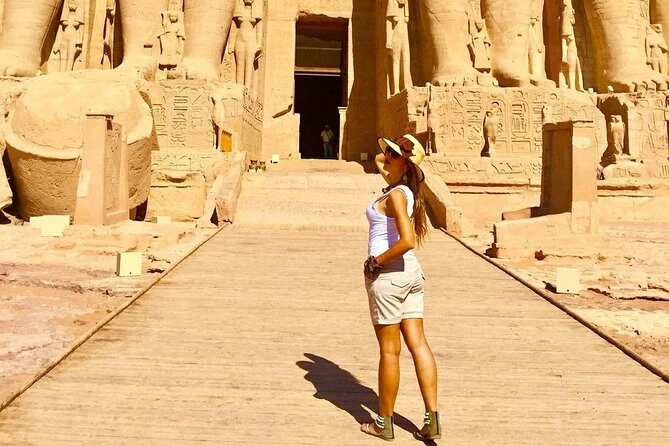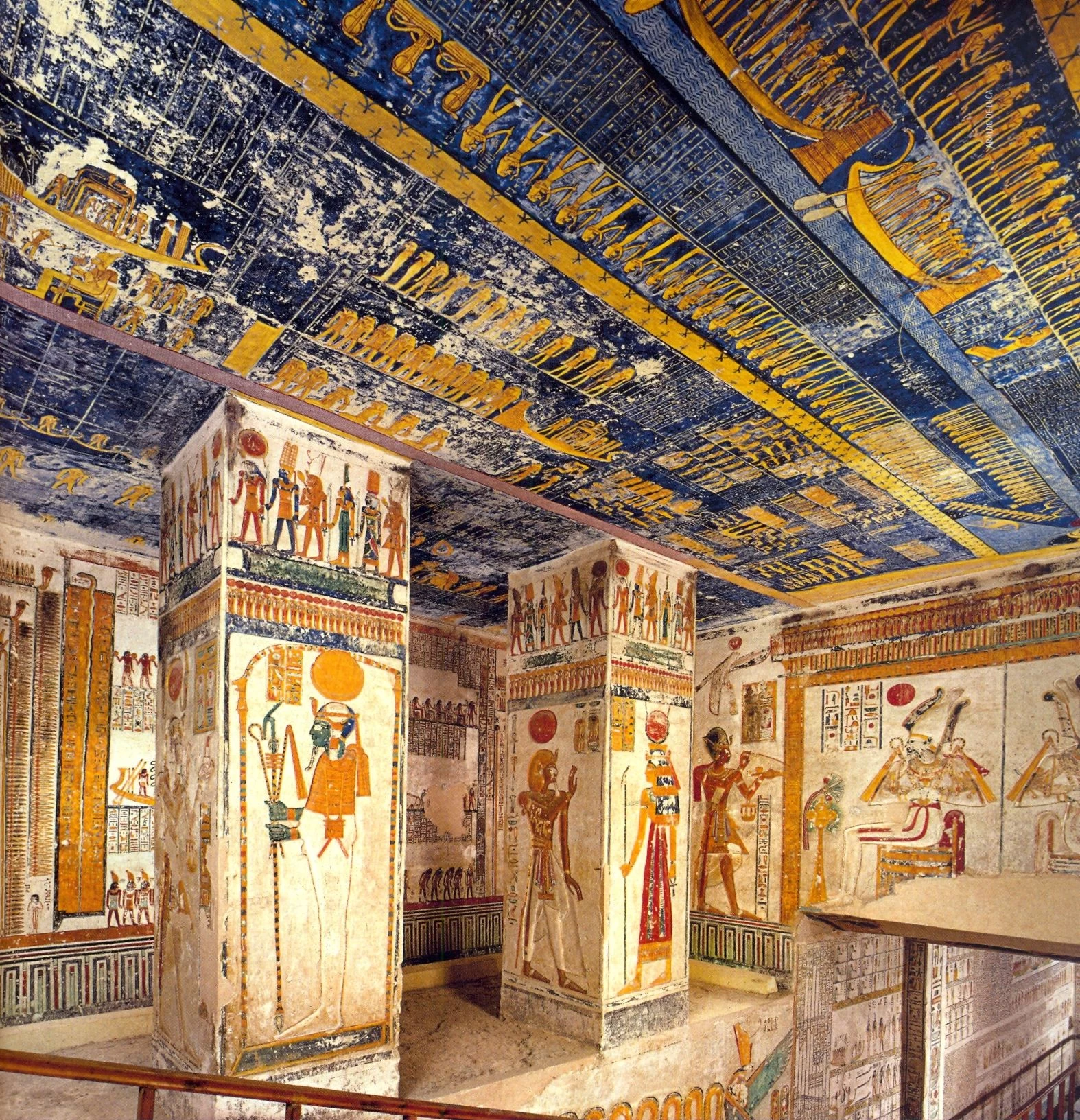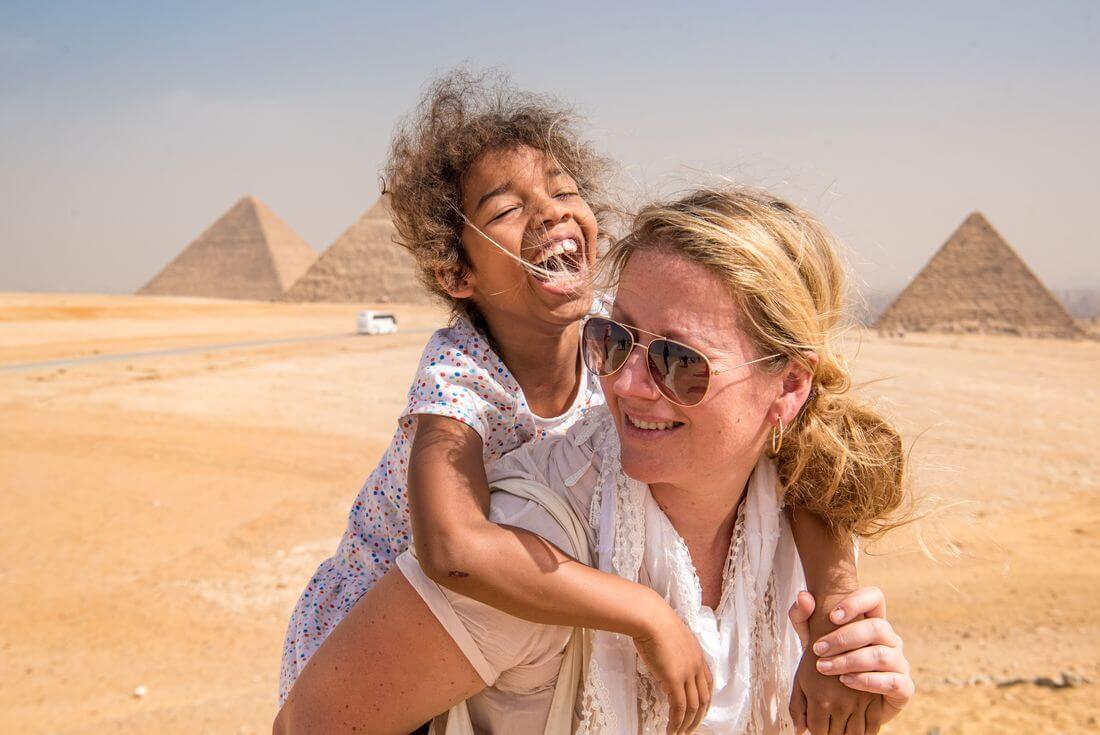Karnak Temple
The History of Karnak Temple
Karnak was not just a temple—it was the most important religious center of ancient Egypt, dedicated primarily to the Theban Triad: Amun-Ra, Mut, and Khonsu. Construction began during the Middle Kingdom (around 2000 BCE) and continued through the New Kingdom, with pharaohs like Hatshepsut, Seti I, and Ramses II leaving their marks on its grand halls and monuments.
For centuries, Karnak was the center of power, where priests of Amun held great influence over Egypt’s rulers. It was also the site of the famous Opet Festival, an annual celebration in which the statue of Amun was carried in a grand procession from Karnak to Luxor Temple along the Avenue of Sphinxes.
Highlights of Karnak Temple
🌟 The Avenue of Sphinxes
A breathtaking 3-kilometer-long road once connected Karnak and Luxor Temple. Recently restored, this pathway lined with ram-headed sphinxes is an incredible sight, symbolizing divine protection.
🌟 The First Pylon & Great Court
Entering through the massive first pylon, visitors are welcomed into the Great Court, a vast open area that once hosted grand religious ceremonies.
🌟 The Hypostyle Hall: A Forest of Giants
The most famous part of Karnak is the Great Hypostyle Hall, covering 5,000 square meters and featuring 134 towering columns arranged in rows. The sheer size and detailed carvings of these columns make it one of the most remarkable architectural achievements of ancient Egypt.
🌟 Sacred Lake
A large, rectangular lake within the temple complex was used for ritual purification by priests. It remains intact today, offering a peaceful setting within the temple grounds.
🌟 The Obelisks of Karnak
The temple once housed several massive obelisks, with the most famous being those of Hatshepsut, one of which still stands at an impressive 97 feet (30 meters) tall. These towering structures symbolized the power of the gods and the divine connection of the pharaohs.
🌟 The Festival Hall of Thutmose III
A unique section of Karnak, built by Thutmose III, features pillars shaped like tent poles, resembling the royal pavilions used in military campaigns.
Karnak Temple at Night: A Magical Experience
One of the best ways to experience Karnak is through the Sound and Light Show, held in the evening. As the temple is illuminated, stories of ancient Egypt are narrated, bringing the history of Karnak to life in a mesmerizing way.
Visiting Karnak Temple: What You Need to Know
- 📍 Location: Luxor, Egypt (East Bank of the Nile)
- 🕰️ Opening Hours: Typically 6 AM – 5 PM (varies by season)
- 🎟️ Entrance Fee: Check updated rates before visiting
- 📸 Photography: Allowed (tripods may require a special permit)
- 👟 Best Time to Visit: October to April (cooler months)
















A visit to Karnak Temple is an unforgettable journey into the heart of ancient Egypt’s power and spirituality. Whether you explore its towering columns, walk the Avenue of Sphinxes, or experience the magical Sound and Light Show, Karnak stands as a testament to the greatness of the pharaohs. Ready to explore the wonders of Karnak Temple? Book your Luxor adventure today and step into the grandeur of ancient Egypt!